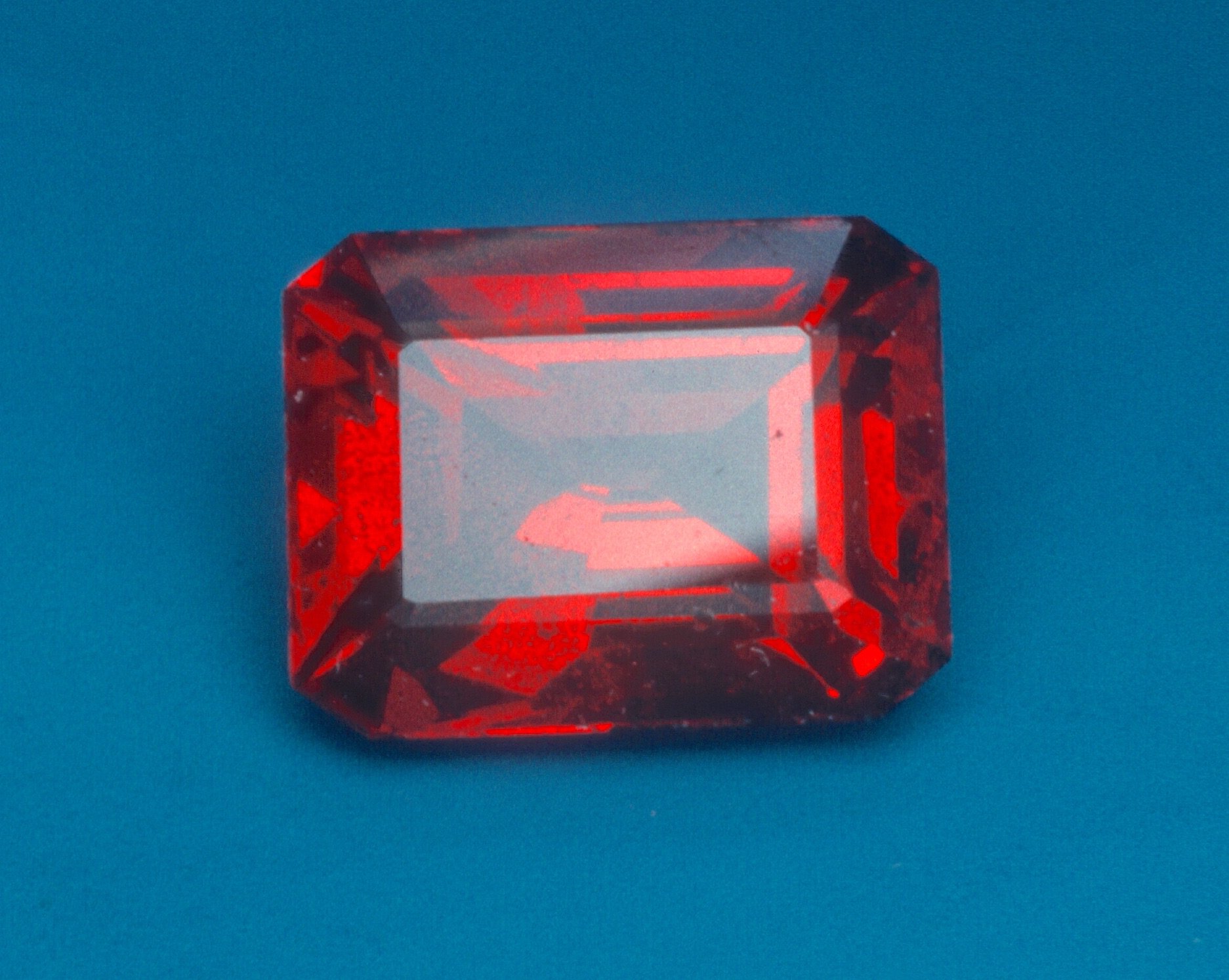Gemstone Polishing Laps and Techniques
No single gemstone polishing method will work for all people or all stones. Our guide will help you choose laps and techniques that work for you.
19 Minute Read
How Does Gemstone Polishing Work?
Science hasn’t yet explained how gemstone polishing works. In the early half of the 20th century, there were two competing theories.
Newton, the guy famous for watching apples fall, came up with the scratch theory. It postulates that scratches smaller than a wavelength of light are no longer visible. When polishing with very fine diamond, this is likely to be the case, but this theory hasn’t been proven.
Another fellow named G.T. Beilby came up with the theory that, at a molecular level, there’s melt and flow. This has been disproved a number of times. However, if this doesn’t hold true, then how do we account for gems being polished by much softer abrasives? Colloidal silica has an abrasive with a hardness of 4. However, it polishes gems up to 9 in hardness. There’s no scientific explanation for how this happens.
Although science has made some advances in understanding how polishing works for glass and some minerals, the overall gemstone polishing process remains a mystery to be solved. For now, however, we’re going to focus on the practical matter of gemstone polishing.
Gemstone Polishing: General Considerations
Before discussing gemstone polishing equipment and techniques, let’s go…
Donald Clark, CSM IMG
Donald Clark, CSM founded the International Gem Society in 1998. Donald started in the gem and jewelry industry in 1976. He received his formal gemology training from the Gemological Institute of America (GIA) and the American Society of Gemcutters (ASG). The letters “CSM” after his name stood for Certified Supreme Master Gemcutter, a designation of Wykoff’s ASG which has often been referred to as the doctorate of gem cutting. The American Society of Gemcutters only had 54 people reach this level. Along with dozens of articles for leading trade magazines, Donald authored the book “Modern Faceting, the Easy Way.”
Related Articles
Ultra Tec Faceting Machine
Choosing Faceting Angles
What Is Faceting?
Scratches From the Master Lap
Latest Articles
800 Years of Mogok: A Celebration in Tenuous Times
What is the Average Gemstone Faceting Yield?
Pyroxmangite Value, Price, and Jewelry Information
How to Identify Emerald Simulants and Synthetics
Never Stop Learning
When you join the IGS community, you get trusted diamond & gemstone information when you need it.
Get Gemology Insights
Get started with the International Gem Society’s free guide to gemstone identification. Join our weekly newsletter & get a free copy of the Gem ID Checklist!
